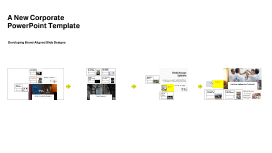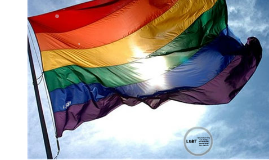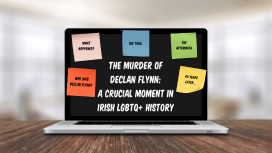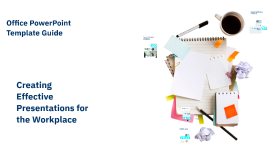LGBT
Transcript: There are many barriers to optimal health care Ex) Lack of culturally appropriate prevention services for many of the risk factors LGBT members face Young adults are at less risk than older LGBT members Social acceptance A form of Heterosexism, but much more radical. It is the system of negative discrimination against homosexuality and those who identify themselves as members of the LGBT community. Important Dates In todays society LGBT population is increasing significantly Because of the increasing population, society and the way of life is changing For instance: Recently, California has become the first state to mandate gay history into their curriculum. A disproportionately large portion of the LGBT community places a priority on spirituality Many churches have become accepting of LGBT members over time 164 in Virginia listed officially as LGBT friendly In the United States, Homosexuality was considered a sickness, sin, and criminal. Homosexuality was not even a term in American society until 1868. “Sodomy” was the term homosexual behavior fell under. Laws against “sodomy” came from England and could be punished by whipping, banishment, fines, and death. Family’s Role (Positive) Interviewee #2 LGBT Households Grew up lower-middle class with a large family. Currently middle class. Education was emphasized during her youth; graduated from high school, college, and currently in a masters program Religion was an extremely important aspect of her family life. Currently affiliated with no religion. Experienced little discrimination over the course of her life Education was extremely important to his parents Was expected to be the very best. Always get As, go to an ivy league school Graduated from high school, college with a double major, and graduate school Personally holds education in high regard Roman Catholic upbringing, went to Catholic school Religion was the way of life, did not even think of an other option Removed herself from religion as she experimented with her sexual identity Currently not affiliated with any religion, does not consider herself spiritual Discrimination in the Current Era (Wilcox, 2003),(Ritter & O’Neill, 1989),(Couch, Mulcare, Pitts, Smith, and Mitchell, 2008), (Henrickson, 2007) Stonewall Riots The LGBT population is extremely diverse. Members of the community come from all walks of life, including people of all races, ethnicities, ages, socioeconomic status, and location Sexual orientation has been associated with multiple health threats LGBT members have unique health care needs Ex) The HIV/AIDS epidemic Fairly secular upbringing. Parents let them experience religion to ultimately choose for themselves. Became very religious in hopes prayer would cure him of his sexual orrientation Formation of his sexual identity made him anti-religion Realized he was discriminating against religion like others discriminated against the LGBT community Currently is a practicing budhist; he feels Budhism gives him "a set of tools to move to greater happiness" Estimated 4% of the U.S. Population Identifies with the LGBTQ lifestyle, That is nearly 9 Million people. Bisexuals make up 1.8% of the 4%, and are most commonly women. Number isn’t entirely accurate because there are probably many more out there who don’t know they are LGBTQ, haven’t come out, or are scared to come out. So the number is a rough estimate. Family’s Role (Negative) Discrimination #1 Interviewee #2 U.S. History Interviewee #2 (Rispel, Metcalf, Colete, Moorman, Reddy, 2011), (Hellman & Klein, 2004) www.civilrights.org/archives/2009/06/449-stonewall.html (CDC, 2011), (Mayer, Bradford, Makadon, Stall, Goldhamer, Landers, 2008). Services Available Stonewall Riots seen as start of the LGBT Movement June 28, 1969 Riot Broke out in front of the Stonewall Inn, a popular gay bar in Greenwich Village. The Next night the angry patrons and crowd returned in greater numbers. Interviewee #1 The family serves as the immediate social network for people who are LGBT, and therefore families may, if not absolutely will have most effect on LGBT People who identify themselves as LGBT almost always hesitate to tell their parents of their sexual orientation, out of fear that they will not accept it An Australian Study showed that out of 1500 people who identified themselves as either gay or lesbian, 80 percent chose not to reveal their sexual orientation to their parents Parents often do not know how to respond to their child’s coming out, and are left confused, angered, and saddened as a result. Families can take one of two roles towards their LGBT children: positive or negative. #2 Pride Week, National Coming Out Day, Day of Silence, and Trans Day of Remembrance are all very important holidays to him Interviewee #1 They both have festivals and parades, Although they might be different themed. LGBT might have a Gay Pride festival or a Gay Pride Parade LGBT and main stream Americans will have the same themed parades as well like a thanksgiving

















